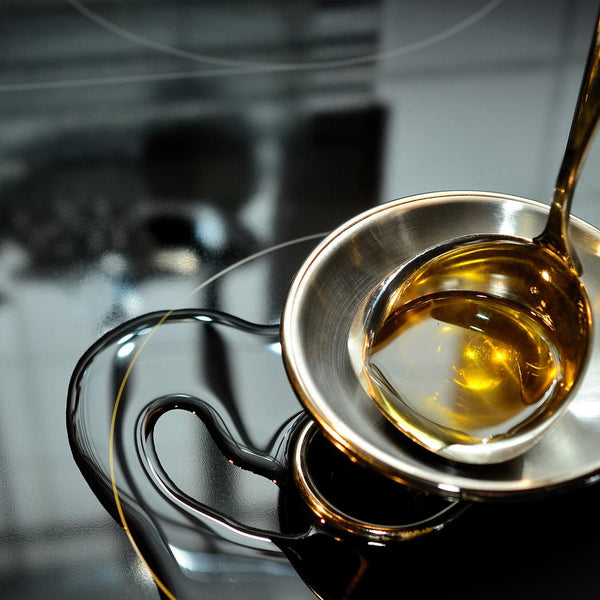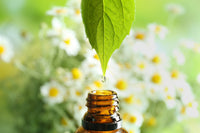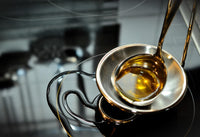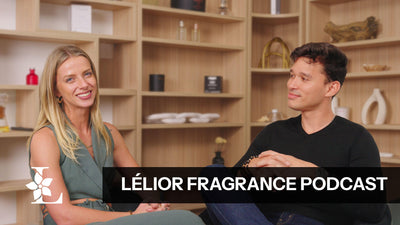Essential oils are some of nature's most robust components. People derive them from plant materials such as roots, fruit peels, leaves, stems, and flowers, mainly through distillation and cold pressing. Fragrance engineers choose the extraction method depending on the plant that serves as a host.
Making essential oils is both a scientific and an artistic process. Manufacturers want to get only high-quality ingredients to offer customers the best pure and natural oils. These oils are widespread in cosmetics, medicine, and aromatherapy. They combine therapeutic and aromatic properties.
The Essence of Essential Oils
Essential oils come from raw plants instead of being synthetically produced in laboratories. This process is long, important, and responsible. From helping the plant survive and ensuring it grows in maximally efficient conditions to improving people’s well-being, producing these wellness-enhancing powerhouses takes time and lots of effort. A sustainable environment is a must for growing and harvesting plants.
A typical essential oil consists of over a hundred chemical elements created by the plant. They are highly potent, about 80 times more concentrated than dried herbs. Fragrance engineers and manufacturers require a lot of raw materials to make a tiny bottle of oil. For instance, it takes 4 million jasmine buds to make a single pound of 100% natural jasmine oil.
Essential oils are not actually oils. These are pure plant essences. They float on top of the water surface during the distillation procedure, just like oil does. That’s how they got this name.
How to Make Essential Oils
As mentioned above, steam distillation and cold pressing are the primary methods for extracting essential oils from the plant. Further, you will learn more about each of them.
Steam Distillation
Steam distillation is probably the most common procedure for deriving essential oils. During it, steam and cold water help separate essential oils from the plant.
Steam passes through a dome-like vessel with the plant matter inside. Steam distillation uses steam to cause the evaporation of the volatile components. They rise with the steam to the top of the vessel and then go to a cooling bin — a chamber surrounded by cold water. The rapid temperature change makes the steam and vapours turn back into liquid form. The oil rises above the leftover water in the separator and is ready for collection.
Cold Pressing
This method is perfect for extracting citrus essential oils and making carrier oils. Citrus fruits contain their essential oils in sacks under the fruit's peel.
To extract the oil, manufacturers place fruits in a special container that punctures the sacks repeatedly, one by one, until the whole surface under the rind is marked. Afterwards, the fruit is gently pressed to squeeze the oil and juice. The remnants of fruit material go through the centrifuge at a high speed to separate the fruit pulp, oils, and juice from each other. The oil floats to the top of the juice and can be collected.
How to Identify Quality Essential Oils
Recently, essential oils have gained popularity. Still, not all oils are quality products; not all undergo a multi-step extraction process. The whole process of growing, harvesting plants, and extracting essential oils is rather costly, not to mention the product's final price. People who understand the necessity of buying quality products for themselves and their families understand that real natural oils won’t be cheap. Here are some valuable tips for identifying high-quality essential oils.
Checking for Purity
Purity is one of the most crucial factors to consider when purchasing essential oils. A 100% pure oil contains only aromatic plant extracts, without any diluents or additives. Purity verification consists of the following stages:
-
Learning About Ingredients. Read the label to ensure the bottle contains only essential oil and no other ingredients. The plant's botanical name will be on the label if the oil is pure. Consider certifications, as they ensure the highest quality.
-
Examining the Label and the Bottle. Customers can determine the quality of essential oil by its packaging. These products should be stored in dark glass bottles to ensure no heat or light can affect their quality. The bottles are hermetically sealed and have dropper caps for precise dosing.
-
Testing the Aroma. The essential oil's strong and consistent scent is a good indicator of its quality. If the aroma’s quality is low, it will have an artificial and unpleasant smell.
Final Thoughts
This article describes the main processes of essential oil extraction and explains how you can define a quality product. By following the advice provided in this blog post, you can easily choose a pure natural essential oil and enjoy all the benefits that come with it.








